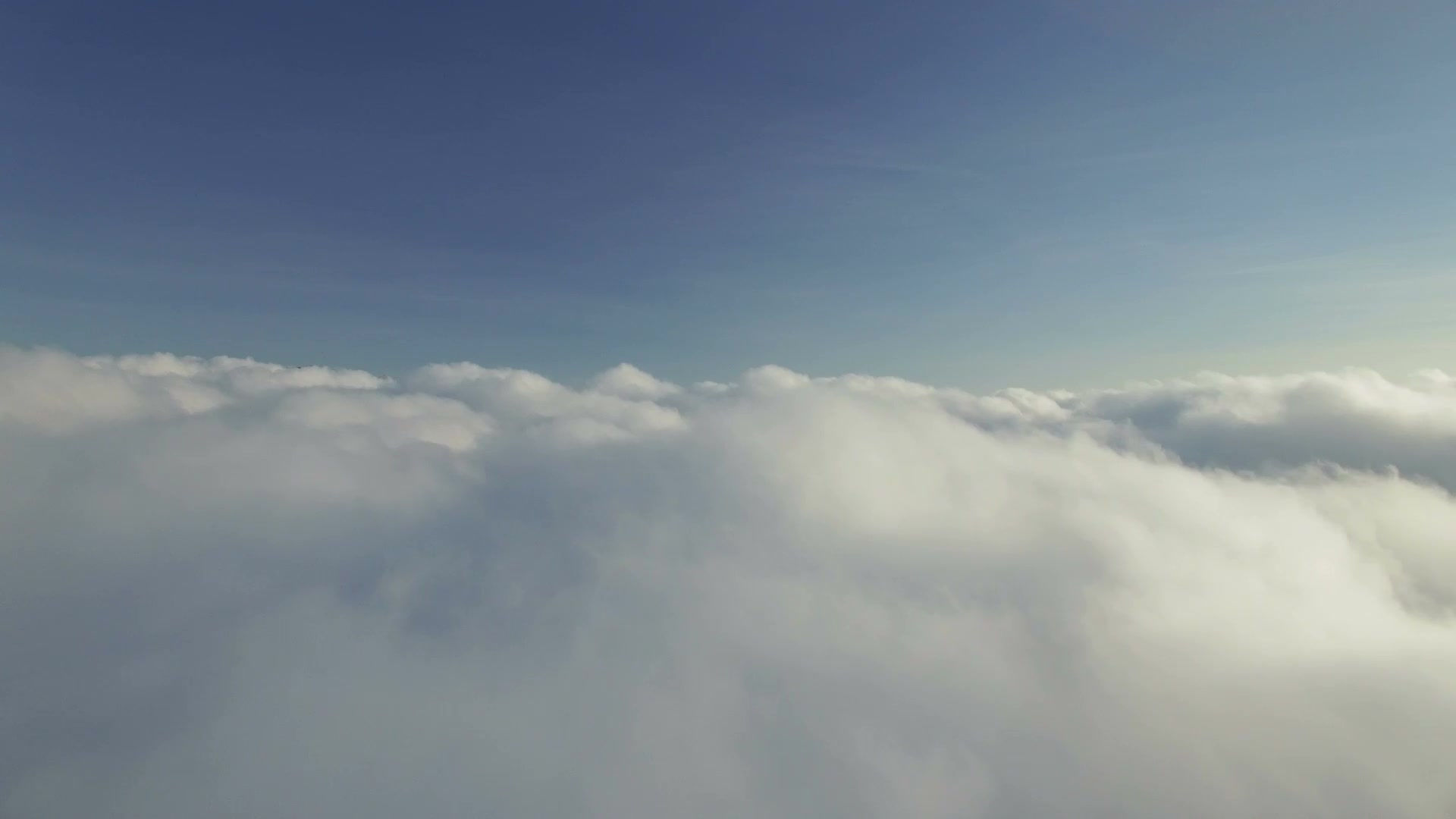Peel and Stick Tile on Textured Walls: A Complete Guide
- Joseph Danial
- Mar 27
- 4 min read
Peel and stick tiles have become a popular choice for homeowners looking for a quick and easy way to update their walls and floors. These tiles offer a hassle-free installation process, but many wonder if they can be used on textured surfaces. In this article, we'll dive into everything you need to know about peel and stick tile on textured walls, addressing common concerns and offering tips for the best results.
What Are Peel and Stick Tiles?
Peel and stick tiles are self-adhesive tiles designed to be installed on walls or floors without the need for glue or grout. They are commonly made from vinyl, gel, or other lightweight materials, and are available in various patterns, colors, and finishes. These tiles are known for their versatility, as they can easily transform kitchens, bathrooms, living rooms, or any other space without the mess and expense of traditional tiling methods.
Can You Apply Peel and Stick Tiles on Textured Walls?
One of the most frequently asked questions is whether peel and stick tile on textured walls will adhere properly. The answer is not as straightforward as a simple "yes" or "no." Peel and stick tiles are designed to adhere to smooth, clean surfaces. However, applying them to textured walls can pose some challenges due to uneven surfaces that may prevent full contact between the adhesive backing of the tiles and the wall.
Textured walls can range from mildly rough to heavily textured, such as those with knockdown, orange peel, or popcorn finishes. The more textured the wall, the more difficult it becomes for the tiles to stick properly.
Challenges of Installing Peel and Stick Tiles on Textured Walls
When applying peel and stick tile on textured walls, several issues can arise:
Inadequate Adhesion: The uneven surface of textured walls can prevent the adhesive from fully bonding with the wall, causing the tiles to peel off over time.
Gaps and Lifting: Since textured walls are not flat, gaps between the tiles may occur, making it difficult to achieve a seamless finish. Over time, these gaps can cause the tiles to lift, reducing their durability.
Visual Inconsistency: The bumps and ridges of textured walls may show through the peel and stick tiles, leading to a less smooth and visually appealing result.
How to Install Peel and Stick Tiles on Textured Walls
Although it can be challenging to install peel and stick tile on textured walls, it's not impossible. With the right preparation and techniques, you can improve the adhesion and overall appearance of the tiles.
Prepare the Wall SurfaceStart by cleaning the textured wall thoroughly to remove dirt, dust, and grease. This will help the adhesive stick better. For best results, consider using a mild detergent and water to wipe down the surface, then allow it to dry completely.
Sand the Textured SurfaceIf the texture is not too extreme, lightly sanding the wall can help create a smoother surface for the peel and stick tiles to adhere to. Be careful not to damage the wall during the sanding process. The goal is to reduce the roughness of the texture without causing permanent harm to the surface.
Use a Primer or Adhesive SprayTo improve the adhesion of peel and stick tile on textured walls, applying a layer of primer can help create a better surface for the tiles to stick to. Alternatively, you can use an adhesive spray to strengthen the bond between the tiles and the wall. Make sure the primer or adhesive is fully dry before applying the tiles.
Apply the Tiles with PressureWhen installing peel and stick tiles on textured walls, it’s important to apply extra pressure to ensure proper adhesion. Use a roller or a flat tool to press the tiles firmly against the wall, paying particular attention to the edges and corners. This will help minimize gaps and ensure that the adhesive makes full contact with the wall.
Seal the Edges for Added SecurityTo prevent the edges of the tiles from lifting, consider using a clear silicone sealant around the edges of the installed tiles. This will provide an extra layer of protection and ensure that the tiles stay in place over time.
Best Alternatives for Textured Walls
If you find that the peel and stick tile on textured walls is not adhering as expected, or if the textured surface is too extreme, there are a few alternatives to consider:
Wall Panels: Wall panels, such as PVC or wood, can be a great alternative to peel and stick tiles on heavily textured walls. These panels are designed to cover uneven surfaces and can offer a similar aesthetic.
Smooth the Wall: Another option is to smooth the textured wall using joint compound or plaster. This will create a flat surface, making it easier to apply peel and stick tiles and ensuring a long-lasting finish.
Opt for Traditional Tiles: For heavily textured walls, traditional ceramic or porcelain tiles with adhesive or grout may be a better choice. These tiles provide more durability and are better suited for uneven surfaces.
Conclusion
Using peel and stick tile on textured walls can be tricky, but with proper preparation and installation techniques, it's possible to achieve a great result. Always assess the level of texture on your wall before starting the project, and follow the necessary steps to ensure the tiles adhere properly. By taking the time to prepare the surface and apply the tiles with care, you can enjoy the convenience and aesthetic appeal of peel and stick tiles, even on textured walls.
4o

Comments